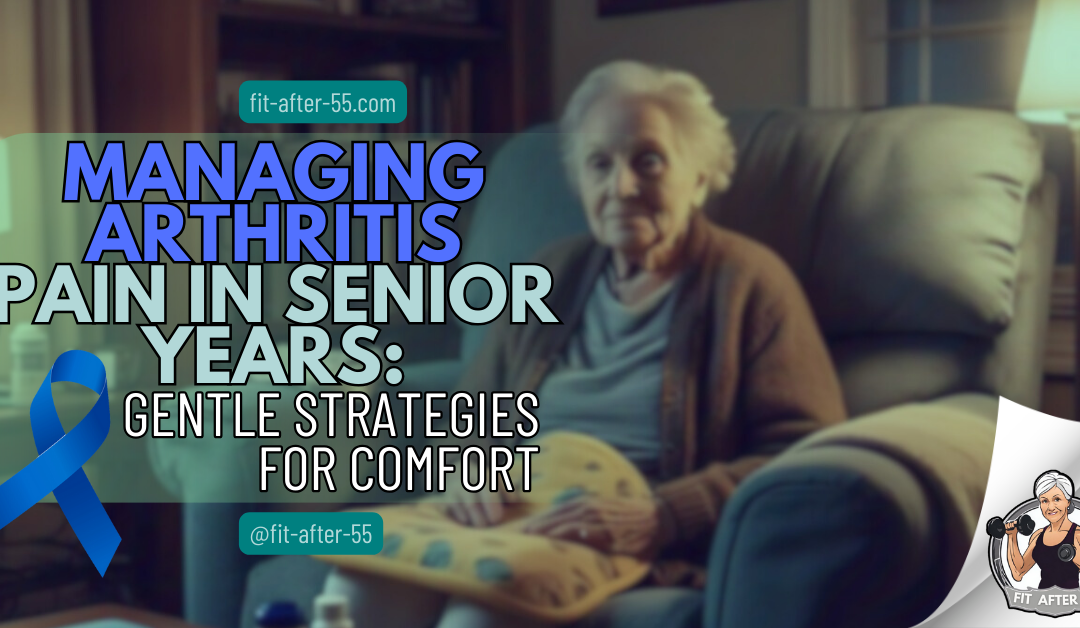Managing arthritis pain in senior years is something I’ve seen many people struggle with. It’s not something to be underestimated. I remember when my friend Mary, in her late 70s, was barely able to walk due to knee pain. She tried to push through, but it got so bad she couldn’t even sit comfortably. One day, I noticed her frustration, so I stepped in with a few simple suggestions: gentle exercises, heat therapy, and anti-inflammatory foods. To my surprise, she felt some relief right away. It made me realize that managing arthritis doesn’t have to be complicated, and there are practical ways to ease the pain.
From that moment, I was motivated to learn more about how to help seniors with arthritis. Though it’s a tough challenge, I’ve discovered that small changes can make a big difference. Let’s take a look at some strategies to manage arthritis pain and stay active in our senior years.
Managing Arthritis Pain in Senior Years: Hope & Strategies
Living with arthritis can be tough, especially as we get older. I know from experience that joint pain and stiffness can really impact daily life. But there’s good news – we don’t have to just suffer through it. There are many ways to manage arthritis pain and stay active in our senior years.

I’ve learned that small changes can make a big difference. Things like gentle exercise, heat therapy, and medications can all help reduce pain and improve mobility. It’s about finding what works best for each person. Some days may be harder than others, but with the right approach, we can still enjoy life and do the things we love.
Getting support is key too. Talking to doctors, joining support groups, or even just chatting with friends who understand can be so helpful. Remember, we’re not alone in this journey. Millions of seniors deal with arthritis, and there are more options than ever to manage it effectively.
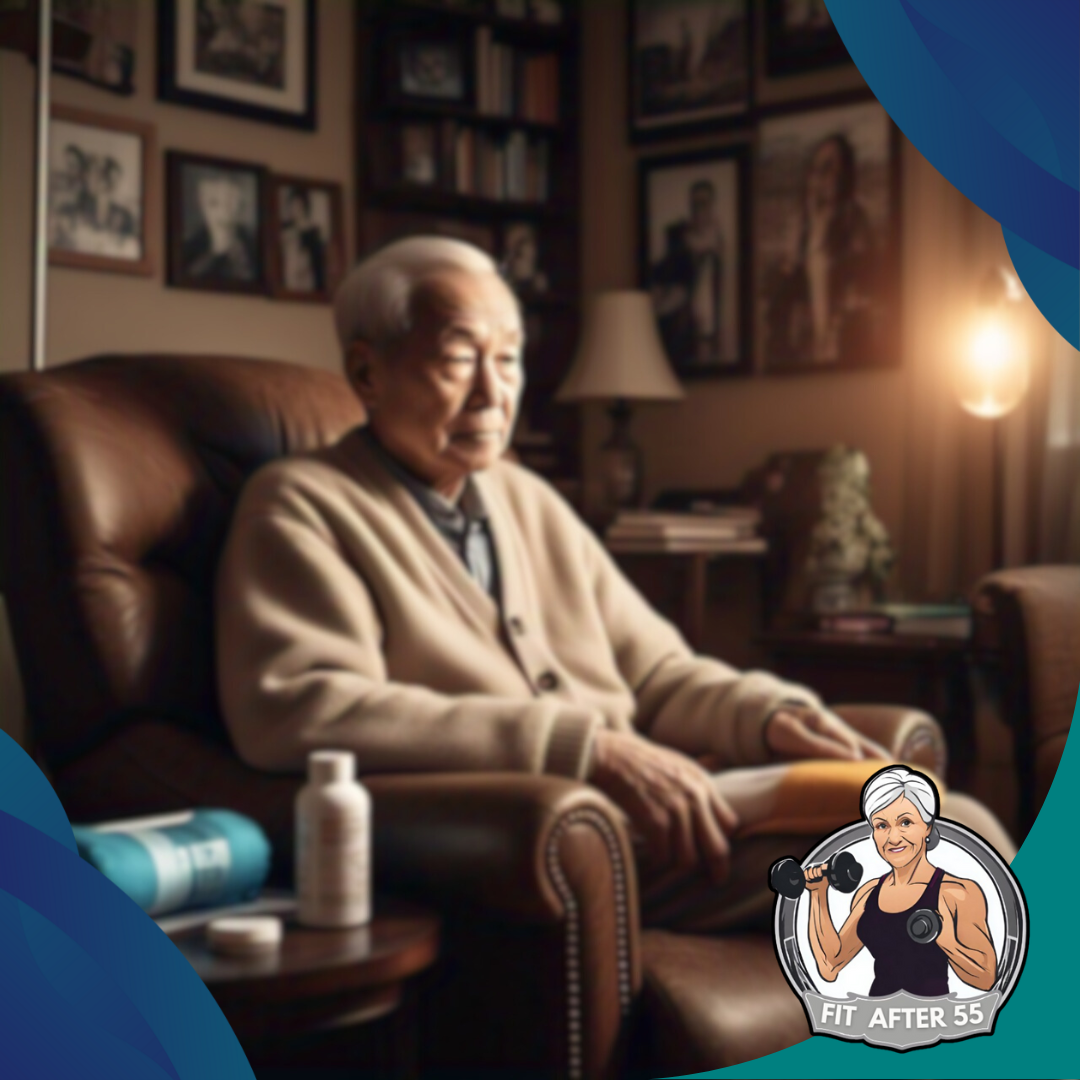
Key Takeaways
- Gentle exercises can help reduce arthritis pain and improve joint flexibility
- A mix of lifestyle changes, therapies, and medications can effectively manage arthritis symptoms
- Regular check-ups with healthcare providers are crucial for tailoring arthritis treatment plans
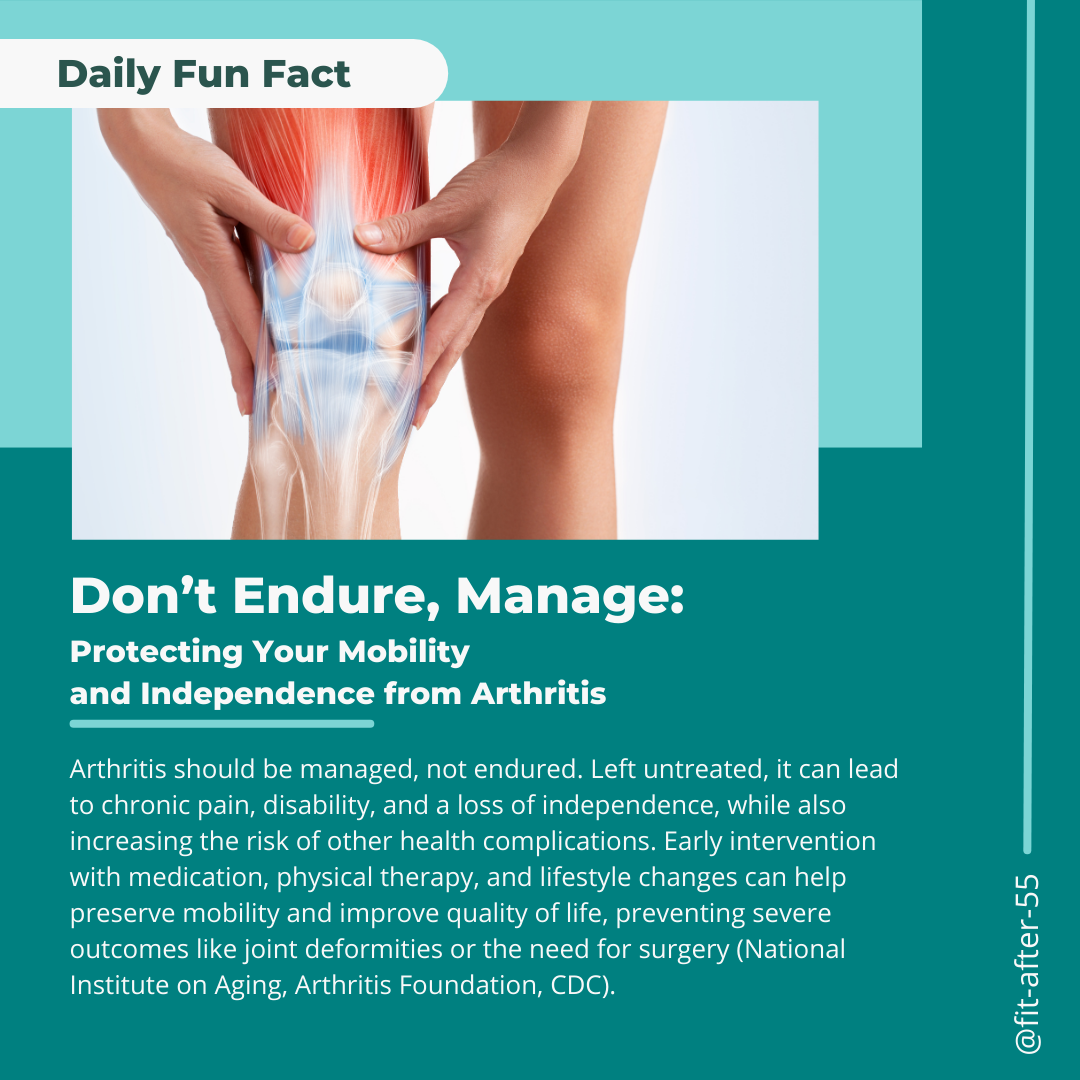
Understanding Arthritis in Seniors

Arthritis is a big challenge for many older adults. I’ll explain the main types, symptoms, and how age affects this condition.
Types of Arthritis
There are several kinds of arthritis that affect seniors. The most common is osteoarthritis. It happens when the cushion between joints wears away. This can cause pain and stiffness.
Rheumatoid arthritis is another type. It’s when the body’s defense system attacks the joints. This can lead to swelling and damage.
Gout is a form of arthritis that often affects the big toe. It causes sudden, severe pain and swelling.
Common Symptoms and Risk Factors
Arthritis symptoms can vary, but there are some common signs:
- Joint pain
- Stiffness
- Swelling
- Reduced range of motion
Risk factors for arthritis include:
- Age
- Family history
- Being overweight
- Previous joint injuries
Some health conditions like diabetes can increase arthritis risk. It’s important to manage these conditions to help prevent arthritis.
The Role of Age in Arthritis Progression
As we get older, our risk of arthritis goes up. This is partly because our joints have been used for a long time. The cartilage that cushions our joints can wear down over the years.
Our bodies also change with age. We might produce less of the fluid that keeps joints healthy. This can make arthritis worse.
Staying active and maintaining a healthy weight can help slow down arthritis progression. I always tell my patients that it’s never too late to start taking care of their joints.
Factors Affecting Arthritis Pain

Arthritis pain can change based on several things. I’ll explain how weather and our mental state can impact joint discomfort. These factors play a big role in how we feel day-to-day.
Weather and Arthritis Pain
I’ve noticed that many seniors with arthritis say their pain gets worse when it’s cold or damp. This isn’t just a myth – there’s some truth to it. When the air pressure drops, it can cause our joints to swell up more.
Heat can help ease stiffness, while cold can make it worse. That’s why I often feel stiffer on chilly mornings. But it’s not the same for everyone. Some people feel worse when it’s hot and humid.
I’ve found that keeping track of how weather affects my arthritis helps me plan better. On days when I know the weather might make my joints hurt more, I try to take it easy.
Mental and Emotional Health
My mood can really affect how much my arthritis bothers me. When I’m stressed or down, I tend to focus more on the pain. It’s like a vicious cycle – pain can lead to depression, and depression can make the pain feel worse.
I’ve learned that taking care of my mental health is just as important as managing my physical symptoms. Here are some things that help me:
- Staying social and connected with friends
- Doing activities I enjoy
- Practicing relaxation techniques like deep breathing
- Getting enough sleep
When I’m in a good mood, I often find my arthritis pain more manageable. It doesn’t make the pain go away, but it helps me cope better.
Lifestyle Adjustments for Pain Management

Living with arthritis can be tough, but I’ve found some great ways to manage the pain through simple lifestyle changes. Let’s look at how diet, home setup, and social connections can make a big difference.
Nutritional Choices and Supplements
I’ve learned that what I eat plays a huge role in how I feel. Anti-inflammatory foods are my new best friends. I love adding colorful fruits and veggies to my meals.
Omega-3 fatty acids are super helpful too. I get them from fish like salmon or from supplements. They really ease my joint pain.
I’ve also cut back on processed foods and sugar. It’s amazing how much better I feel when I stick to a balanced diet.
Keeping a healthy weight is key. Less weight means less stress on my joints. I’ve found that small, steady changes work best for me.
Optimizing Home Environment
I’ve made some changes at home that have been game-changers. Grab bars in the bathroom make me feel safer and more independent.
I’ve swapped out some tricky doorknobs for lever handles. It’s so much easier on my hands.
My new electric can opener is a lifesaver. No more struggling with manual ones!
I’ve rearranged my kitchen too. Putting frequently used items at easy-to-reach levels has made cooking enjoyable again.
Assistive devices like jar openers and long-handled shoe horns have been really helpful. They let me do more on my own.
Importance of Social Support
I can’t stress enough how important it is to stay connected. Talking with friends who understand what I’m going through makes such a difference.
I’ve joined a local arthritis support group. It’s great to share tips and just chat with people who get it.
My family has been amazing. They help out with tasks that are hard for me, but they also encourage me to stay active.
I’ve even made new friends at my senior center’s exercise class. We have fun and stay fit together.
Social support really boosts my mood. It’s easier to stay positive when I’m not facing arthritis alone.
Exercise and Arthritis Management

Regular exercise can help manage arthritis pain and improve quality of life for seniors. I’ll share some key benefits and recommended low-impact exercises that are gentle on joints.
Benefits of Regular Exercise
Exercise has many perks for seniors with arthritis. It helps keep joints flexible and strengthens muscles around joints. This can reduce pain and stiffness. I’ve found that staying active also improves balance and lowers the risk of falls.
Regular physical activity boosts energy and mood too. It can help with weight control, which takes stress off joints. Exercise also promotes better sleep – something many arthritis sufferers struggle with.
Structured exercise programs have shown great results for arthritis management in older adults. Even light activity is better than being inactive. The key is to move in ways that feel good for your body.
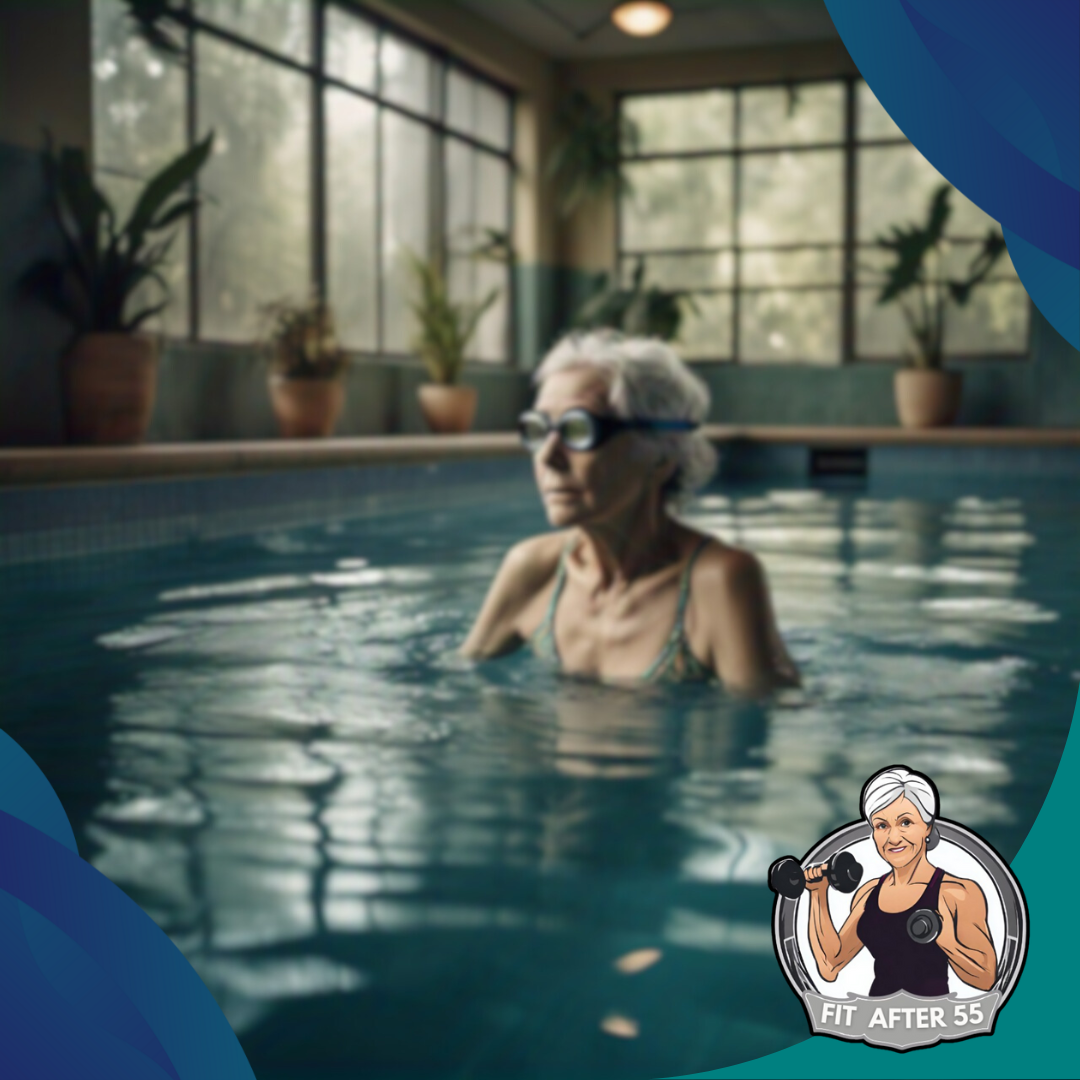
Recommended Exercises for Seniors
I recommend starting with low-impact exercises that are easy on the joints. Here are some great options:
- Walking
- Swimming
- Water aerobics
- Cycling (stationary or outdoor)
- Yoga
- Tai chi
These activities improve flexibility, strength, and cardiovascular health. Stretching exercises are also important to maintain range of motion in joints.
It’s best to start slowly and build up gradually. I suggest aiming for 30 minutes of activity most days of the week. Break it up into shorter sessions if needed.
Low-Impact Exercise Options
Water-based exercises are fantastic for arthritis. The buoyancy of water supports joints and reduces impact. Swimming laps or joining a water aerobics class can be fun and social.
Tai chi and yoga are gentle on joints while improving balance and flexibility. These mind-body practices also help reduce stress, which can worsen arthritis symptoms.
Cycling, either on a stationary bike or outdoors, is another great low-impact option. It strengthens leg muscles without putting too much stress on knees and hips.
I always remind my clients to listen to their bodies and modify exercises as needed. It’s normal to feel some muscle soreness, but sharp pain is a sign to ease up.
Medical Interventions and Therapies

I’ve found several helpful options for managing arthritis pain as I’ve gotten older. These include medications, physical therapy, and some alternative treatments that can provide relief.
Understanding Medications
When it comes to arthritis pain, medications can be a game-changer. I’ve learned that over-the-counter NSAIDs like ibuprofen can help reduce inflammation and pain. For more severe cases, my doctor has prescribed stronger pain relievers.
Corticosteroid injections are another option I’ve tried. They can offer quick relief for joint pain and swelling. It’s important to talk to a healthcare provider about the right medication plan. They can explain the benefits and risks of different options.
Some common arthritis medications include:
- Acetaminophen
- Oral NSAIDs
- Topical NSAIDs
- Disease-modifying antirheumatic drugs (DMARDs)
- Biologic response modifiers
I always make sure to follow dosage instructions carefully. Side effects are possible, so I keep my doctor updated on how I’m feeling.
Physical Therapy and Rehabilitation
Physical therapy has been a key part of my arthritis management. A physical therapist can provide personalized exercises to improve my mobility and strength.
During my sessions, I’ve learned:
- Proper stretching techniques
- Exercises to strengthen muscles around affected joints
- Ways to improve my balance and flexibility
Occupational therapy has also been helpful. It’s taught me how to do daily tasks with less strain on my joints. I’ve learned to use assistive devices that make activities easier.
Regular exercise is crucial. My therapist helped me create a safe workout plan that includes low-impact activities like swimming and cycling.
Alternative and Complementary Therapies
I’ve found some alternative therapies can complement my medical treatments nicely. Acupuncture has helped ease my pain in some joints. It involves inserting thin needles into specific points on the body.
Massage therapy is another treatment I enjoy. It helps relax my muscles and can improve my flexibility. I make sure to let the therapist know about my arthritis before we start.
Mind-body techniques have been surprisingly effective. I’ve tried:
- Meditation for stress relief
- Yoga for gentle stretching and relaxation
- Tai chi for balance and muscle strength
The Arthritis Foundation has great resources on these treatments. I always check with my doctor before trying new therapies to make sure they’re safe for me.
Daily Living Strategies for Seniors with Arthritis
Living with arthritis can be tough, but I’ve found some great ways to make daily tasks easier. These strategies help protect joints and cope with limitations.
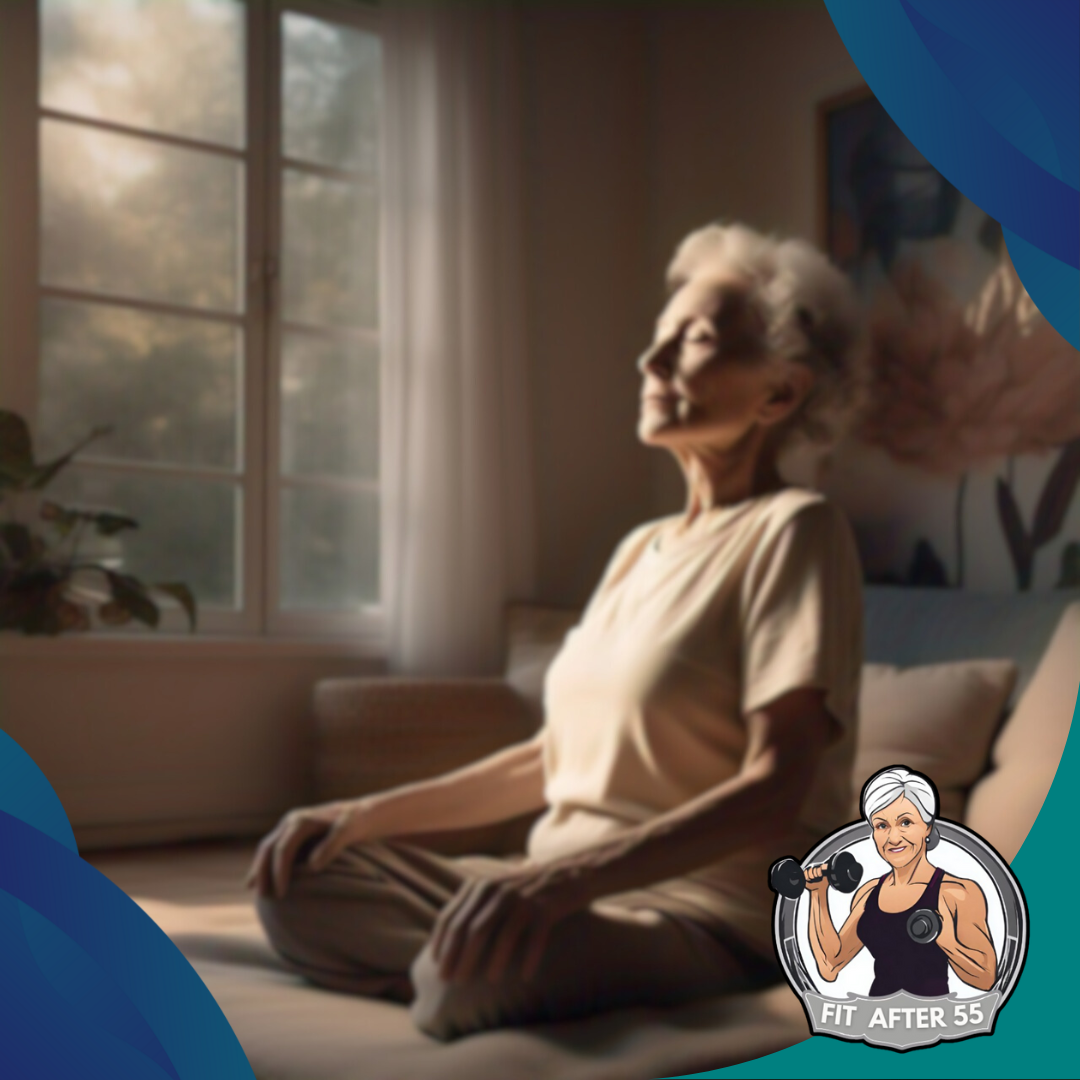
Techniques for Joint Mobility and Protection
I always start my day with gentle stretches to improve joint mobility. It really helps loosen up stiff joints. I use hot showers or warm compresses before activities to reduce pain and stiffness.
When I’m doing chores, I make sure to:
- Use larger joints instead of smaller ones
- Avoid twisting motions
- Take breaks often
I’ve switched to ergonomic tools with padded handles. They’re much easier on my joints. For writing, I use pens with thick grips.
To protect my joints during daily activities, I:
- Slide heavy objects instead of lifting
- Use both hands to carry things
- Ask for help with tough tasks

Coping with Functional Disability
I’ve had to make some changes to deal with mobility limitations. I’ve rearranged my kitchen so frequently used items are easy to reach.
In the bathroom, I’ve added:
- A raised toilet seat
- Grab bars
- A shower chair
These make personal care much safer and easier.
I use a cane when walking to reduce stress on my joints. For longer distances, I’ve found an electric scooter really helpful.
To combat fatigue, I plan rest periods throughout my day. I also try to stay active with low-impact exercises like swimming or tai chi. They help me maintain strength and flexibility without putting too much stress on my joints.
When to Seek Professional Help

Knowing when to get expert advice for arthritis is key. I’ll share some signs that mean it’s time to see a doctor and talk about surgery options.
Recognizing Signs of Severe Arthritis
I’ve found that certain symptoms point to more serious arthritis. If my joint pain happens a lot, like several times a month, I call my doctor. Pain that lasts three or more days is another red flag.
I also pay attention to:
- Intense pain after a fall
- Trouble moving a joint
- Joints looking very swollen
When my arthritis stops me from doing daily tasks, I know it’s time to get help. I don’t wait if I see signs of infection like fever or redness around a joint.
Surgical Options and Considerations
Sometimes, surgery might be the best choice for me. My doctor might suggest it if other treatments haven’t helped much.
Common surgeries I’ve learned about include:
- Joint replacement
- Joint fusion
- Arthroscopy to clean out the joint
Before deciding on surgery, I think about:
- My age and overall health
- How much the arthritis affects my life
- Recovery time and physical therapy needs
I always ask my doctor lots of questions. I want to know the risks and what results I can expect. It’s also good to find out if there are non-surgical options I haven’t tried yet.
Home Remedies and Self-Care

There are simple ways to manage arthritis pain at home. I’ve found these techniques helpful for easing discomfort and improving my daily life.
Applying Heat and Cold Treatments
I love using heat and cold therapy for my arthritis pain. Warm treatments work wonders to loosen stiff joints before activities. I often take a warm shower or use a heating pad for 15-20 minutes.
For swelling and acute pain, I turn to cold therapy. I wrap an ice pack in a thin towel and apply it to sore spots for about 20 minutes. This helps reduce inflammation.
I always remember to protect my skin with a barrier like a towel. And I’m careful not to overdo it – no more than 20 minutes at a time for either heat or cold.
Relaxation and Stress-Reduction Techniques
When my arthritis flares up, I find relaxation very soothing. Deep breathing is my go-to technique. I inhale slowly through my nose for 5 counts, then exhale through my mouth for 5 counts.
Gentle stretching also helps me relax tense muscles. I do simple range-of-motion exercises for my sore joints.
Meditation is another tool in my kit. I use a meditation app to guide me through 10-15 minutes of mindfulness daily. This eases pain and stress.
I make sure to get enough sleep too. A consistent bedtime routine helps me unwind and sleep better.
Managing Arthritis Pain in Senior Years: What We’ve Learned and Next Steps
We’ve reached the end of our journey through managing arthritis pain in senior years, and I hope you found some helpful insights along the way. Reflecting back on my friend Mary’s experience, it really reminds me that even small changes can have a huge impact on easing arthritis pain. From trying gentle exercises to exploring dietary changes, there are so many practical ways to manage arthritis symptoms and still enjoy life.
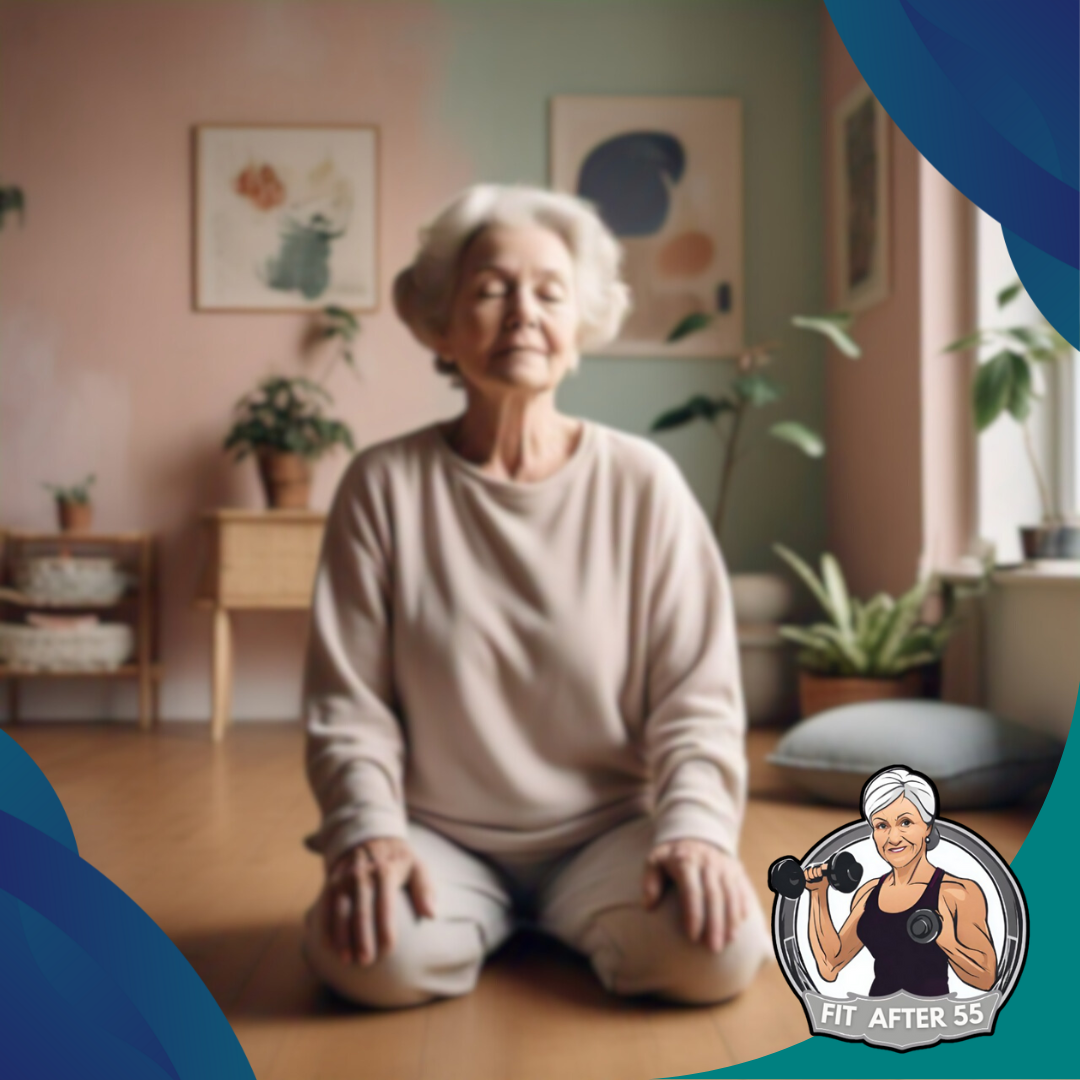
Throughout this article, we’ve covered some key strategies like staying active with low-impact exercises, making simple changes at home to support joint mobility, and the importance of managing mental health to cope with the pain. Medications and therapies can play a role too, but it’s about finding the right combination that works for you.
Some helpful tips from my own experience and research include:
- Try incorporating anti-inflammatory foods like leafy greens and fatty fish into your diet.
- Use heat or cold therapy to soothe your joints, depending on what feels right.
- Stay active with gentle exercises like swimming, yoga, or tai chi.
- Don’t forget to lean on your support network, whether it’s family, friends, or a local group.
If you or someone you know is struggling with arthritis pain, don’t hesitate to explore these strategies. Remember, every small step can make a difference, just like it did for Mary. Thank you for reading, and I hope you find relief and comfort as you manage arthritis in your senior years. Keep going, stay connected, and take good care of your joints!
Frequently Asked Questions

Arthritis can be challenging for seniors, but there are many ways to manage pain and maintain quality of life. Let’s explore some common questions about arthritis treatment and daily living for older adults.
What are the most effective treatment options for osteoarthritis in the elderly?
I’ve found that a mix of treatments often works best for osteoarthritis in seniors. Physical therapy can help improve joint flexibility and strength. Pain medications like acetaminophen or NSAIDs can provide relief.
Some people find success with topical creams or gels. In severe cases, doctors may recommend joint injections or even surgery. I always suggest talking to a doctor to find the right combination.
How can chronic arthritis pain be managed in senior patients?
I recommend a multi-pronged approach for managing ongoing arthritis pain. Regular low-impact exercise like swimming or tai chi can help. Maintaining a healthy weight takes pressure off joints.
Heat and cold therapy can also provide relief. Some seniors find relief through relaxation techniques or acupuncture. Pain medications, when used as directed, can also play a role in pain management.
What are some of the newest medications available for treating arthritis pain?
I’m excited about some of the newer options for arthritis treatment. Biologic drugs, which target specific parts of the immune system, have shown promise for rheumatoid arthritis.
There are also new formulations of existing drugs, like long-acting NSAIDs. Some promising topical treatments are in development too. It’s always best to discuss the latest options with a doctor.
What strategies can help seniors live comfortably with painful arthritis?
I find that making home modifications can really help. Installing grab bars in the bathroom or using jar openers in the kitchen can make daily tasks easier. Choosing shoes with good support is important.
Staying active and social can improve mood and distract from pain. Many seniors also benefit from joining support groups to share experiences and tips.
What causes severe arthritis pain and how can it be alleviated for seniors?
Severe pain can result from inflammation, joint damage, or muscle tension. Weather changes can sometimes worsen symptoms. To alleviate severe pain, I suggest talking to a doctor about stronger pain medications or treatments.
Physical therapy or occupational therapy can help. Some seniors find relief through alternative therapies like acupuncture or massage. It’s important to address severe pain promptly to maintain quality of life.
What daily activities become challenging for elderly individuals with arthritis?
I’ve seen arthritis make many everyday tasks difficult. Getting dressed, especially buttoning clothes or tying shoes, can be a struggle. Opening jars or turning doorknobs can be painful.
Some seniors have trouble with personal care like bathing or brushing teeth. Walking, especially on stairs, might become challenging. Writing or using a computer can also be difficult with arthritic hands.
Keep Moving with Us!
If you found our tips on managing arthritis pain helpful, dive deeper on our official site for more expert advice, product reviews, and senior fitness strategies. Join our supportive community on Facebook to connect with others navigating fitness in their senior years. Stay motivated and get the support you deserve!

